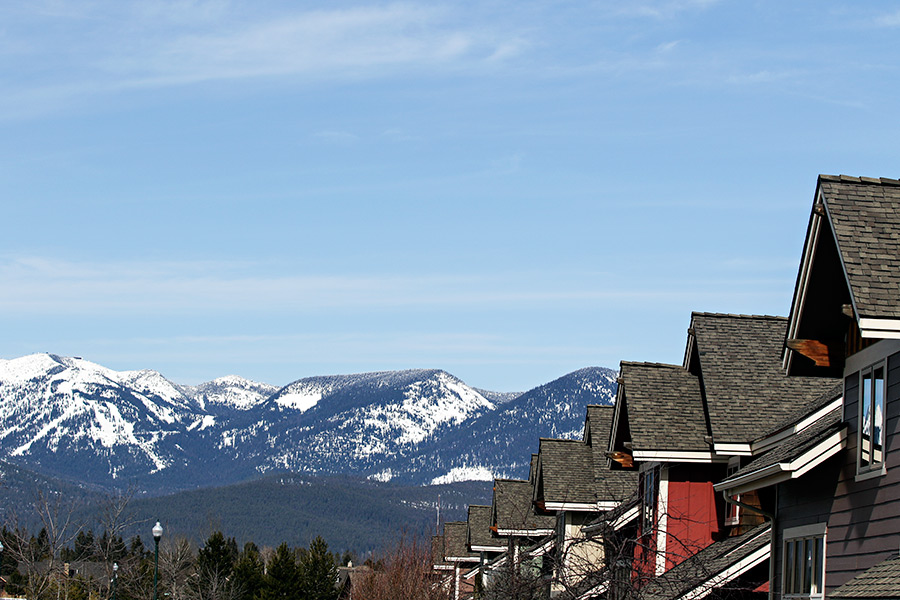Desperate for a strategic plan to develop nearly 1,000 affordable housing units in Whitefish by 2020, solve the local labor shortage and rein in the community’s skyrocketing housing costs, community members and city officials have begun crafting a master plan to unsnarl a decades-long problem that has reached crisis levels.
According to a needs assessment released in December 2016, middle-income, working-class Whitefish residents have limited options when it comes to finding comfortable, cost-effective living arrangements, a problem that is displacing locals and forcing them to live outside their chosen community — 56 percent of Whitefish’s workforce lives in neighboring communities, 34 percent of whom would prefer to live in Whitefish.
Seasonal workers face a scarce rental inventory, while homeownership remains out of reach for young professionals looking to enter an outsized market that towers above the average household income.
That means fewer locals to support downtown businesses during shoulder seasons and a community makeup diluted with part-time residents.
The pressing need to solve Whitefish’s affordable workforce housing crisis was on full display June 14 when about 70 members of the public gathered at Whitefish City Hall for an Affordable Housing Task Force meeting, the first step in a six-month process aimed at crafting an Affordable Housing Master Plan due before the city council in November.
Having already completed a Workforce and Affordable Housing Needs Assessment to identify possible solutions, the task force is considering what other mountain towns are doing to house their workforce and seeking input from the public to prioritize the tools and solutions.
“We want to turn people loose to talk about concrete solutions for our community,” said attorney Tom Tornow, chairman of the task force.
The suite of proposed solutions includes waiving fees as incentives for developers to build affordable housing; rezoning areas to adjust height standards, soften regulations and allow for tiny houses; requiring new commercial buildings to offer employee housing; and partnering with nonprofits like Habitat for Humanity and Self Help Build.
According to Wendy Sullivan, the principal consultant of with WSW Consulting who helped prepare the needs assessment, a large part of the problem stems from a disturbing trend — primary homes occupied by locals are losing ground while vacation homes are on the rise.
Meanwhile, the Whitefish housing market remains out of reach for a community in which 50 percent of the jobs are in low-wage, tourism-related industries with an annual income of $27,000. Sale prices for homes have increased 7 percent annually and rental costs have gone up 10 percent annually, compared to 2.5 percent for local wages.
“These prospective homeowners cannot compete with Californians purchasing second homes,” she said. “Most locals can only afford a home for about $300,000 or less, and they are being priced out. There’s a big affordability gap.”
In addition to the growth of second-home purchases, the labor shortage is exacerbated by the increase in short-term rental opportunities, Sullivan said.
But it’s not too late for Whitefish, which hasn’t yet hit its tipping point.
In Vail, 70 percent of residents are second-home owners while just 30 percent are locals. In Whitefish, Sullivan said, the opposite is true.
“You still have a strong local community in Whitefish,” she said.
Still, according to data from Robert Horne, Jr. of Applied Communications, LLC, a local community-planning firm, the affordability gap continues to widen.
Horne noted the average home price in Whitefish is nearly twice that of a home in Flathead County as a whole. According to the data, in 2015 the average price of a home in Flathead County cost $235,500, whereas the average price of a home in Whitefish cost $410,795.
Whitefish also has some of the highest housing costs for renters. According to U.S. Census data, the average renter pays $812 a month in Whitefish, whereas the average renter in Kalispell pays $731.
